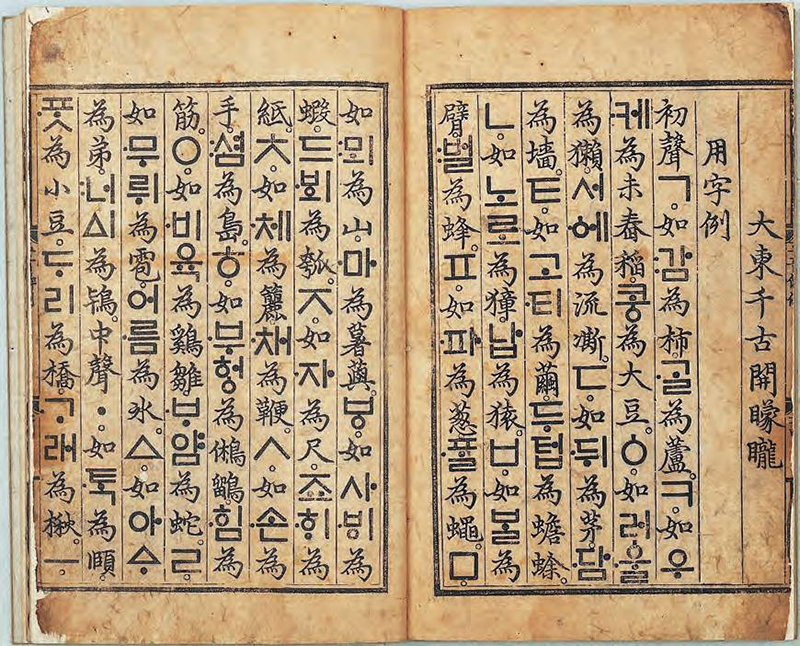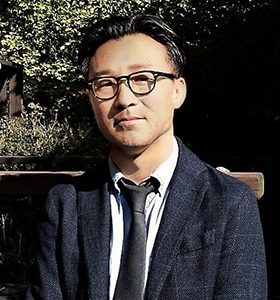
Conspicuous in early Chosŏn historical accounts is the dynasty’s preoccupation with language. First, the ruling house showed obsessive devotion to learning the spoken and written language of the “Middle Kingdom” from Ming (1368-1644). At the same time, Hanliwen (漢吏文)—the language of diplomatic protocol in use since Yuan (1297-1368)—was an active component of study. Second, Chosŏn‘s vernacular alphabet systematized by King Sejong 世宗 (Kr. Hunmin chŏngŭm 訓民正音) was also an important development of the early fifteenth century.
Because of the dominant nationalist discourses on “National Language,” however, the central question—why the period saw such attention to learning Chinese language and at the same time attempting to create Chosŏn’s own vernacular alphabet—has not been answered by scholars keen to understand the two language issues as polar opposites and to cast them as an inherent contradiction impossible to explain.

In a colloquium presentation at the Center for Korean Studies on Wednesday, November 6, 2019, at 4:30 p.m., historian Daham Chong will argue that it becomes possible to answer that ultimate question only if we stop thinking of the two features of “Sinicization” and “Desinicization” in Chosŏn as contradictions and instead de-construct the imaginary discursive demarcation line between them as an “invention of tradition” and start re-thinking of them as inseparably translative faces of a single coin.
Based on this approach, Chong will provide a post-colonialist critique on how the historical context of language issues in early Chosŏn has been bi-polarized as Korean (national) language versus Chinese (foreign) language confronting each other within the nationalist narratives of South Korean historiography. He will then offer new trans-national (trans-lingual) interpretations of Sejong’s Hunmin chŏngŭm promulgation within the context of late fourteenth- and early fifteenth-century East Asia.
DAHAM CHONG is an associate professor of history at Sangmyung University in Seoul and currently a visiting scholar at the Center for Korean Studies. Chong earned his Ph.D. in Korean history at Korea University. He has been rewriting early Chosŏn history as highlighted within the nationalist narrative of South Korean historiography by using postcolonial and transnational approaches. He has been reinterpreting the major projects of King Sejong in the fifteenth Century, including the Hunmin chŏngŭm vernacular alphabet, by rethinking their inseparable and translative relationship to Yuan, Ming, Jurchens, and Japan.
The Center for Korean Studies is located at 1881 East-West Road on the University of Hawai‘i Mānoa campus. Center events are free and open to the public. For further information, including information regarding access for the handicapped, telephone the Center for Korean Studies at (808) 956-7041. This presentation is supported by the Core University Program for Korean Studies through the Ministry of Education of the Republic of Korea and the Korean Studies Promotion Service of the Academy of Korean Studies (AKS-2015-OLU-2250005). The University of Hawai‘i is an equal opportunity/affirmative action institution.
